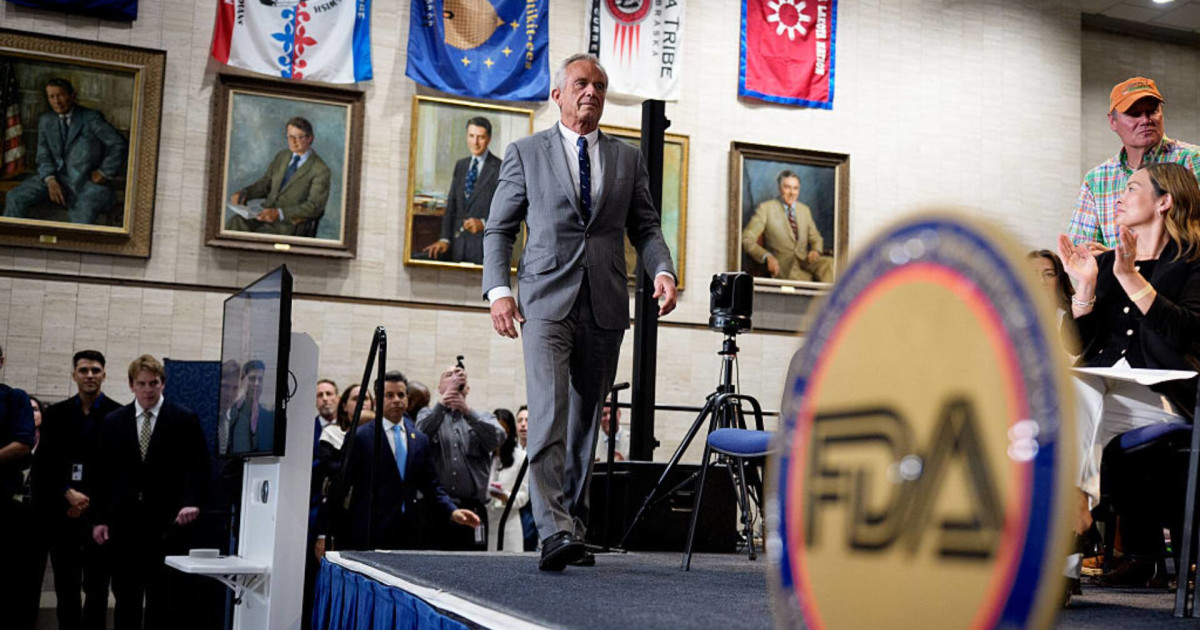Copyright Austin Daily Herald

Erica Zurek and Hannah Yang MPR News/90.1 FM Minnesotans who rely on food assistance payments are on edge as political and legal jostling over the program threatens access to a crucial food assistance program. Two federal judges provided a ray of hope for those who rely on the program with rulings Friday that require at least partial payment from a contingency fund. But the rulings could still face appeal. Funding for the Supplemental Nutrition Assistance Program, or SNAP, was put in doubt by the ongoing federal government shutdown, which is extending into November. The Trump administration has warned that new SNAP payments may not be processed as scheduled. The impact will vary for recipients across Minnesota. Here is what to know: What is the status of the lawsuits filed by Minnesota’s attorney general and other entities that seek to replenish SNAP accounts? The dual rulings, issued at almost the same time, were from judges in Massachusetts and Rhode Island. They have broad implications beyond the East Coast, however. The federal judges ruled that the federal government must tap into a contingency fund to keep SNAP afloat during the shutdown. If the rulings stand, it could provide at least a partial yet temporary lifeline to people who depend on the assistance. The U.S. Department of Agriculture administers SNAP benefits. Its website says that “the well has run dry.” The states and other parties that sued point to a $5 billion contingency fund that could fill the void. That is not enough to cover what the USDA pays every month in SNAP benefits, so benefits could still be reduced. The Trump administration has challenged other court injunctions so do not be surprised if these orders get appealed. How does SNAP work and who gets it? Around 440,000 Minnesotans receive SNAP benefits, including children, seniors and adults with disabilities. The assistance is about $5 per day per person. Eligibility depends on household size, income and expenses. The requirements to qualify are quite stringent. The application process includes interviews, documentation and ongoing steps to verify eligibility. People who receive SNAP benefits get an electronic benefit transfer card that functions like a debit card. Money is deposited monthly. This card can be used in grocery stores, farmers markets and convenience stores in Minnesota. If the federal government doesn’t refill accounts, how soon might there be an impact? Not everyone gets their monthly allocation on the same day. When an account holder gets paid depends on their SNAP case file number in Minnesota. Next month’s first payments are slated for Nov. 4 and some go out as late as Nov. 13 So some recipients might be in a better spot heading into the month — if they have leftover October benefits. How are people who depend on SNAP to put food on the table approaching the possible cutoff in assistance? Some people say they are managing their SNAP benefits to ensure that both their money and food last until the next monthly deposit. Others are stockpiling food in anticipation of potential cuts to their benefits. But some recipients say they don’t have the luxury of stretching their money or food supplies. They could be pushed in other directions, such as relying on local food pantries for staples to feed their families. What about the money the state and several local governments put up to shore up the emergency food network? Gov. Tim Walz’s administration has allocated $4 million, and many counties have also set aside funds — amounting to hundreds of thousands of dollars in some instances — for Minnesota food shelves. As reported earlier this week by MPR News, Walz referred to this funding as a “bridge.” It is important to note that this money does not go directly to SNAP recipients. Instead, the emergency aid is directed toward food shelves and other parts of the hunger relief network, which are experiencing a surge in demand. Many federal workers who have gone without pay for a month may be in need of assistance, and SNAP recipients might increasingly turn to these food shelves as their benefits are depleted. State and local leaders emphasize that this solution is neither ideal nor sustainable. The rise in demand for nutrition assistance could strain Minnesota’s emergency food network, and food shelves have already reported that their supplies are being used up more quickly over the past few weeks. How is this playing out on the ground? Nicole Worlds, the financial assistance manager for Health and Human Services in Faribault and Martin Counties in southern Minnesota, said even if benefits come through there will be delays in getting them processed. She said that could cause negative ripple effects for SNAP recipients, as some may delay or skip paying the rent, utilities or other household bills in order to put food on their tables. “Something is going to give,” Worlds said. “Whether it’s the food budget is going to be non-existent, or they’re going to be facing eviction or utility shut off. And people believe due to the cold weather rule in Minnesota they can’t be shut off, and they can.” Worlds told MPR News that the longer people go without SNAP benefits, the more difficult it will be for them to catch up on those other bills. “How long will it take for them financially to get back on their feet?” Worlds said. “How long will it take families to get caught up from all of the bills they’ve missed, and there isn’t the kind of money out there, just to get everybody caught up too. It’s really horrifying to think about.” Worlds adds the average family in Faribault County receives about $281 per month in food support. Worlds said in Martin County, there are 1,865 people who rely on federally funded SNAP benefits — 667 of which are children — and in Faribault County, 1,352 use SNAP, with 479 being children. She said in the two counties combined, residents receive $500,000 in monthly food support, so local retailers will take a big hit if SNAP benefits are suspended, even for a short time. “When you take that much money out of the community, for a lot of our grocery stores and our businesses, they’re smaller businesses, it’s going to affect their staffing, their ability to pay,” she said.



